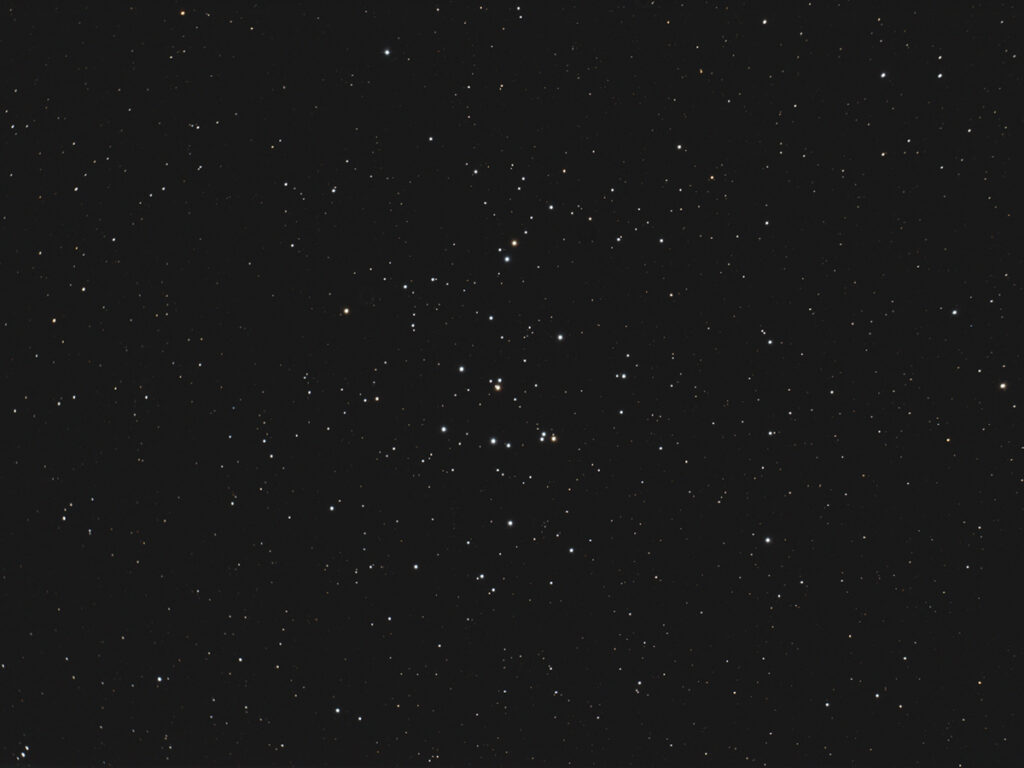
Telescope: ES Comet Hunter MN6 at f/4.8, Orion Atlas EQ-G
Camera: Baader modified Nikon 610; Gain: 200
Filter: High Point 2” IR Blocking Filter
Guide scope: Williams Optics 50mm, ASI290MM mini, PHD
Exposure: 20x60sec, saved as RAW
Darks: Internal (Long Exposure Noise Reduction On)
Flats: 32×1/4sec, tee shirt flats taken at dusk
Average Light Pollution: Red zone, Bortle 8, poor transparency
Lensed Sky Quality Meter: 18.2 mag/arc-sec^2
Stacking: Mean with a 2-sigma clip.
White Balance: Nebulosity Automatic
Software: Backyard Nikon, Nebulosity, Deep Sky Stacker, Photoshop
M44 is one of the nearest open clusters with a distance of only 577 light years. It is interesting that its age and proper motion is very similar to the Hyades suggesting that the two clusters share a common origin though they are now separated by hundreds of light years. M44, the Beehive, is a little over a degree across making it appear relatively sparse in large telescopes, but it makes a fine target for small telescopes and binoculars. Its large size makes it a bit of a challenge photographically as well, but the Comet Hunter and D610 did a fine job capturing the entire field.
This it the first-light image taken with my new to me modified Nikon 610. I was a bit concerned whether I could fill the large full-frame sensor, but the Comet Track shows only a tiny bit of vignetting in the corners and the star shapes are also fairly good.
High in the southwest this time of year, M44 makes a fine target for binoculars and small telescopes and it is even visible with the unaided eye under dark skies.
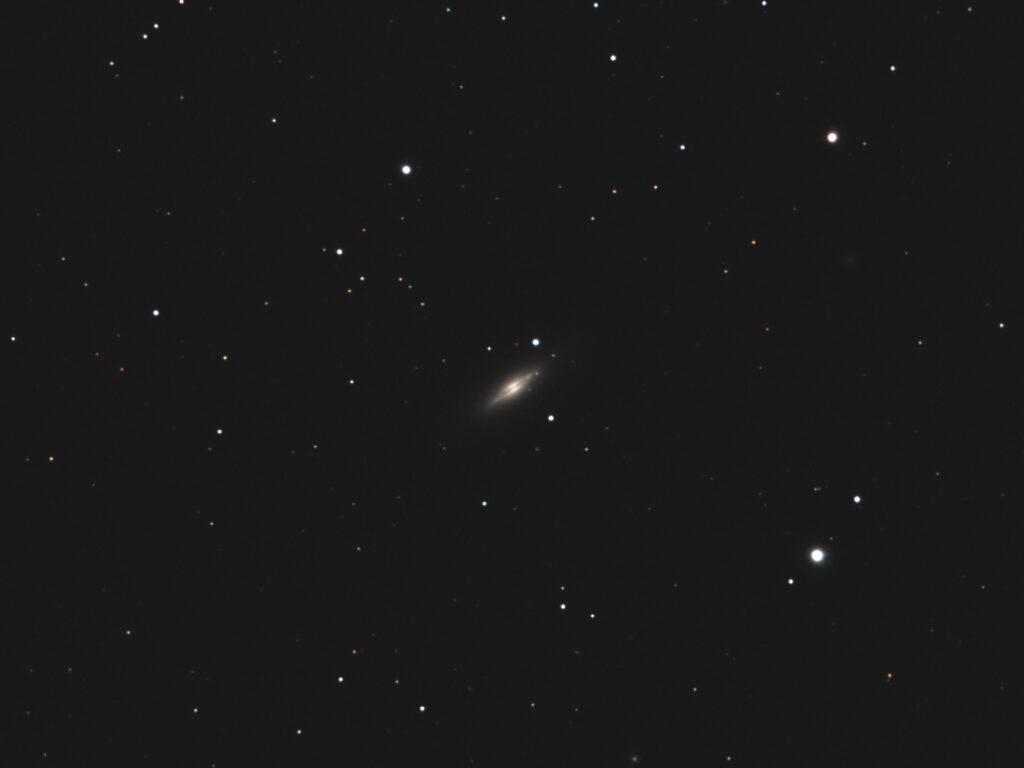
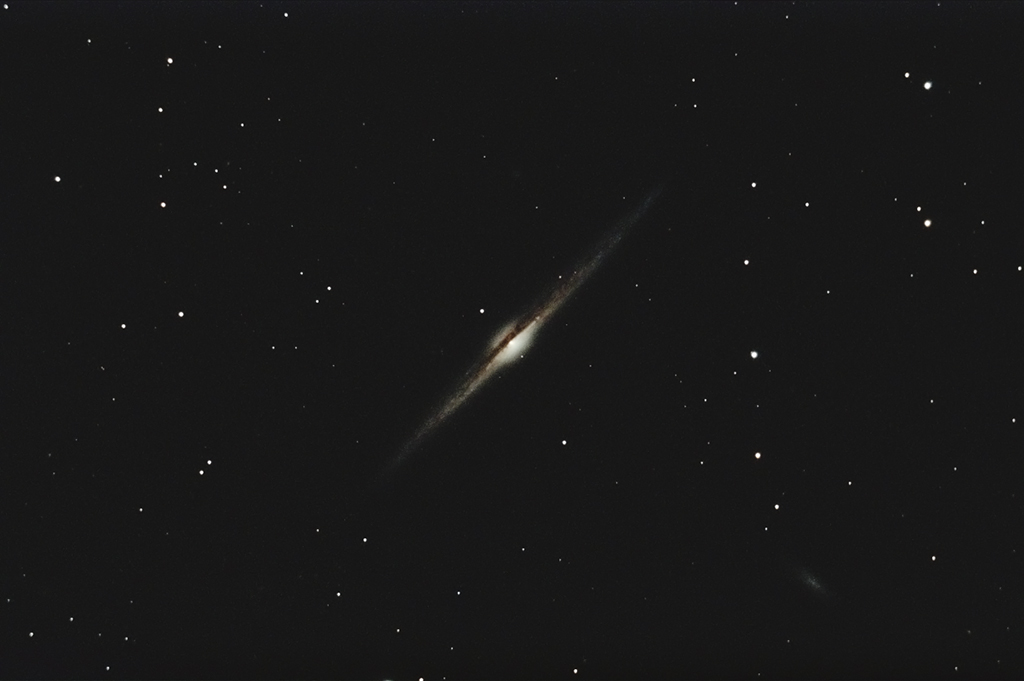
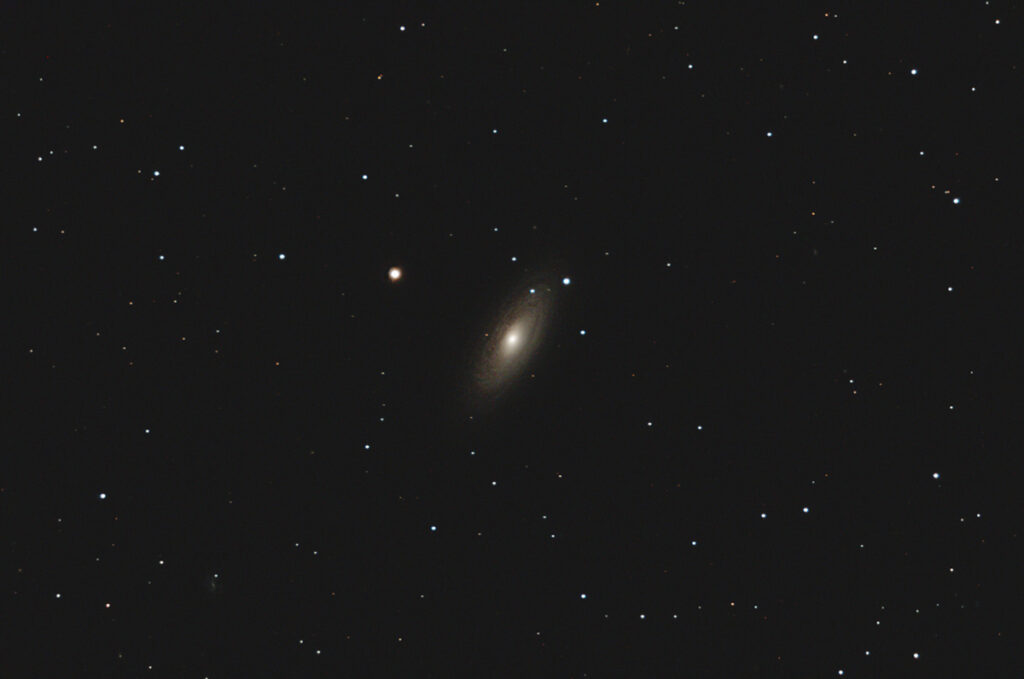
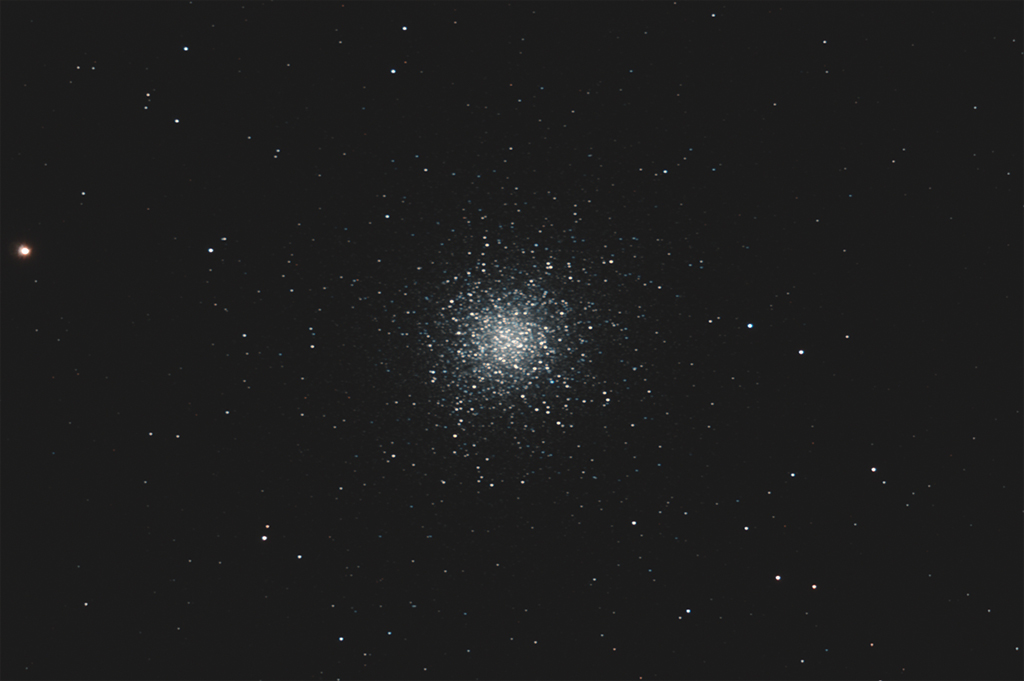
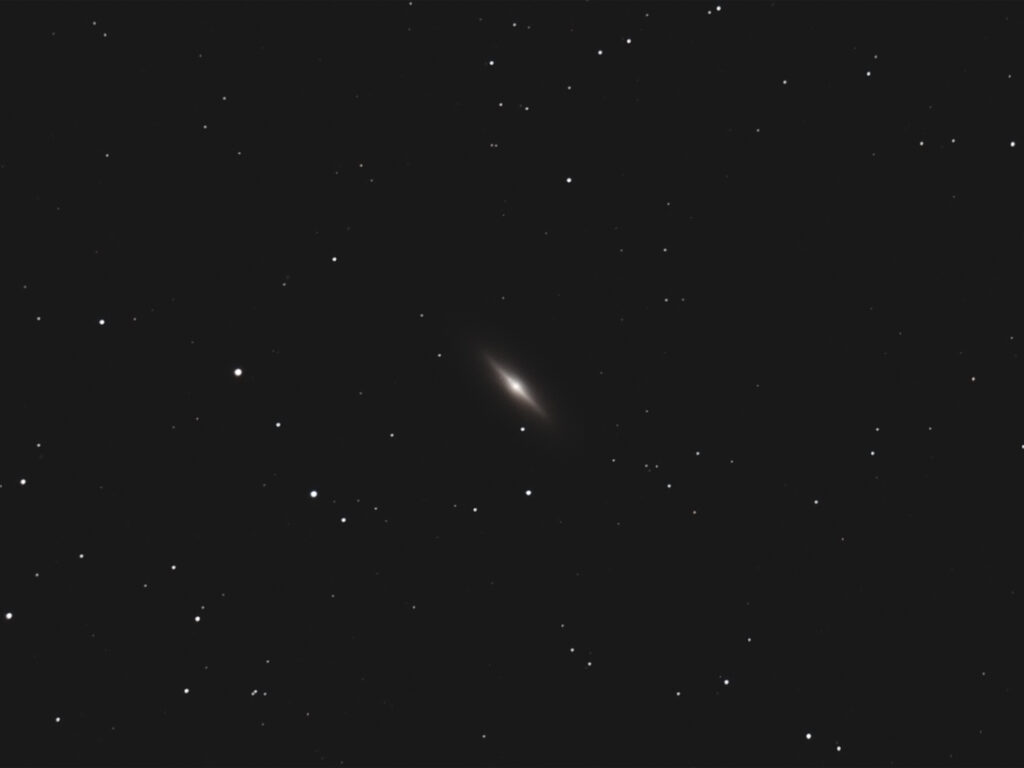
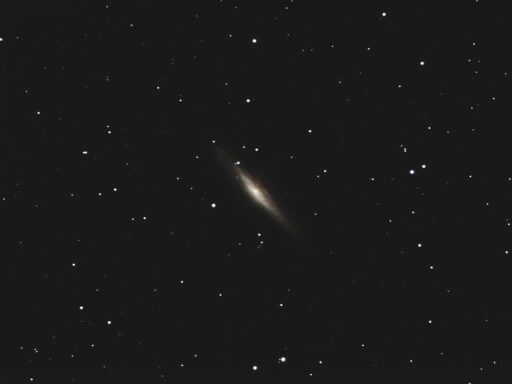
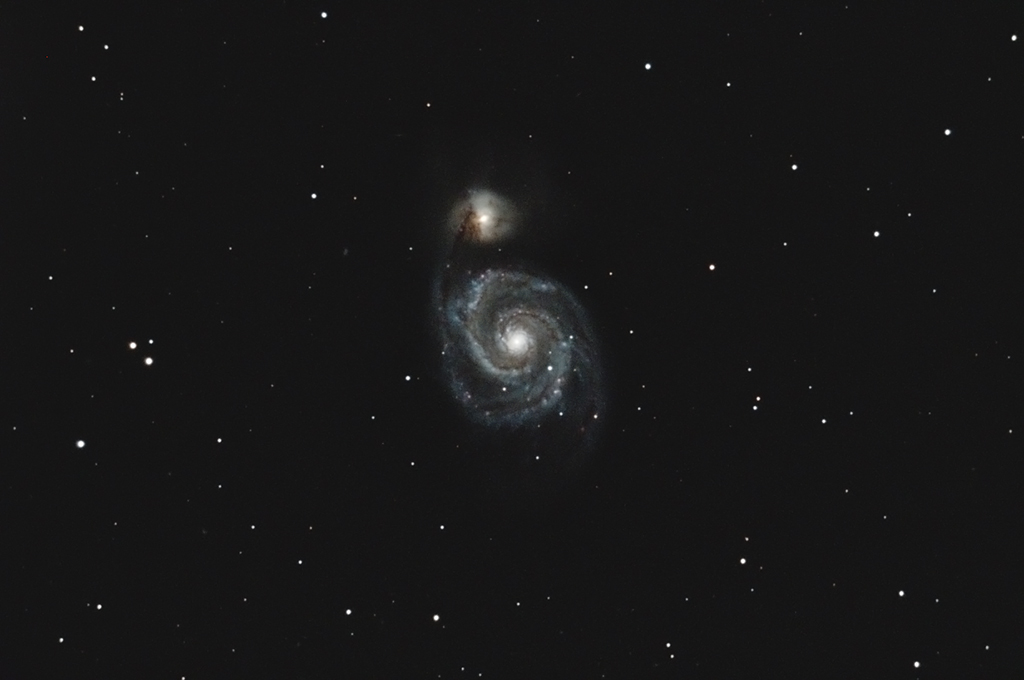

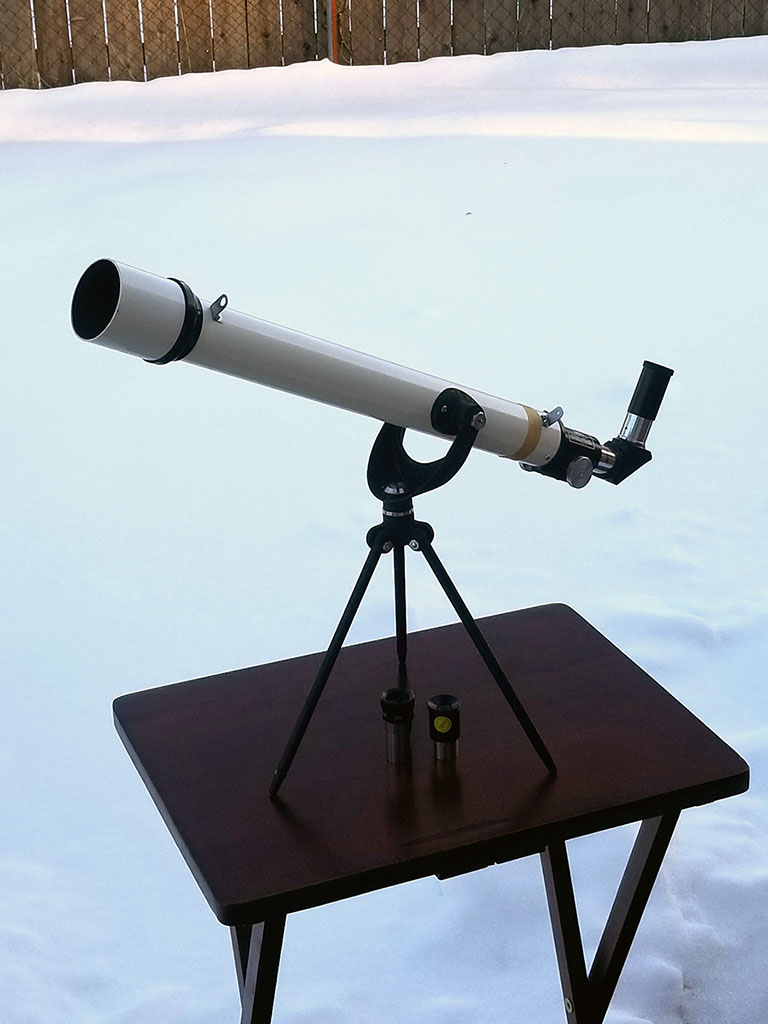
Recent Comments